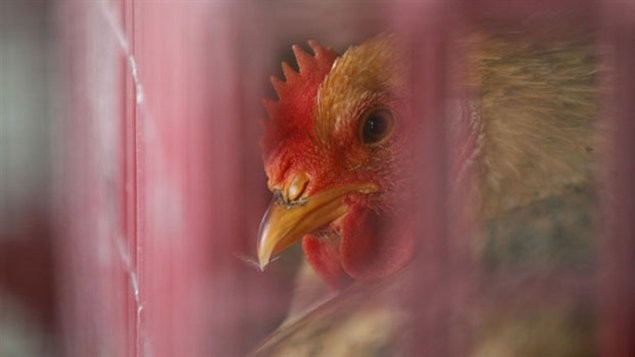Four new H7N9 infections have been reported on Saturday after seven cases were announced on Thursday and four on Friday.
Three of the patients were infected in Zhejiang province. Several 2014 H7N9 cases have also been reported in Guangdong, Shanghai, and Jiangsu.
Last year in late March, a count of 183 H7N9 avian influenza cases resulted in 26 deaths by early May. After the heat of summer, reports began to rise again in October and have accelerated in January. "It is possible that limited human-to-human transmission may occur, but there is no evidence of sustained or widespread human-to-human transmission. We continue to expect sporadic human cases," claims World Health Organization spokeswoman Helen Yu.
As the H7N9 avian influenza virus is mutating and adapting to infect humans, Hong Kong University laboratory studies seem to show that the H7N9 virus is "much, much better than other avian influenza viruses" in effectively causing damage to human lung tissues, according to Dr. Malik Peiris. According to New York Times, some of the affected individuals did not have contact with birds, poultry, or uncooked fluids of poultry. Some cases had several family members admitted one after another, which showed signs of human-to-human transmission.
The total number of cases in Zhejiang province has risen to 20. According to local authorities a 69-year-old man from Shaoxing, a 72-year-old woman from Hangzhou, and a 35-year-old man from Ningbo City are admitted in critical condition.



























